- abortion
- Al Lawson
- Bill Posey
- Brian Mast
- Byron Donalds
- Charlie Crist
- Darren Soto
- Debbie Wasserman Schultz
- Delegation
- Donald Trump
- Featured Post
- Florida Delegation
- Frederica Wilson
- Greg Steube
- gun
- Gun safety
- Gus Bilirakis
- Hurricane Ian
- Joe Biden
- john rutherford
- Kat Cammack
- Kathy Castor
- Kevin McCarthy
- Lois Frankel
- Marco Rubio
- Maria Elvira Salazar
- Mario Diaz-Balart
- Mark Foley
- Matt Gaetz
- Michael Waltz
- Nancy Pelosi
- Neal Dunn
- Nicolas Maduro
- Posey
- Rick Scott
- Roe v. Wade
- Ron DeSantis
- Scott franklin
- Sheila Cherfilus-McCormick
- Stephanie Murphy
- Ted Deutch
- The Delegation
- Val Demings
- Vern Buchanan
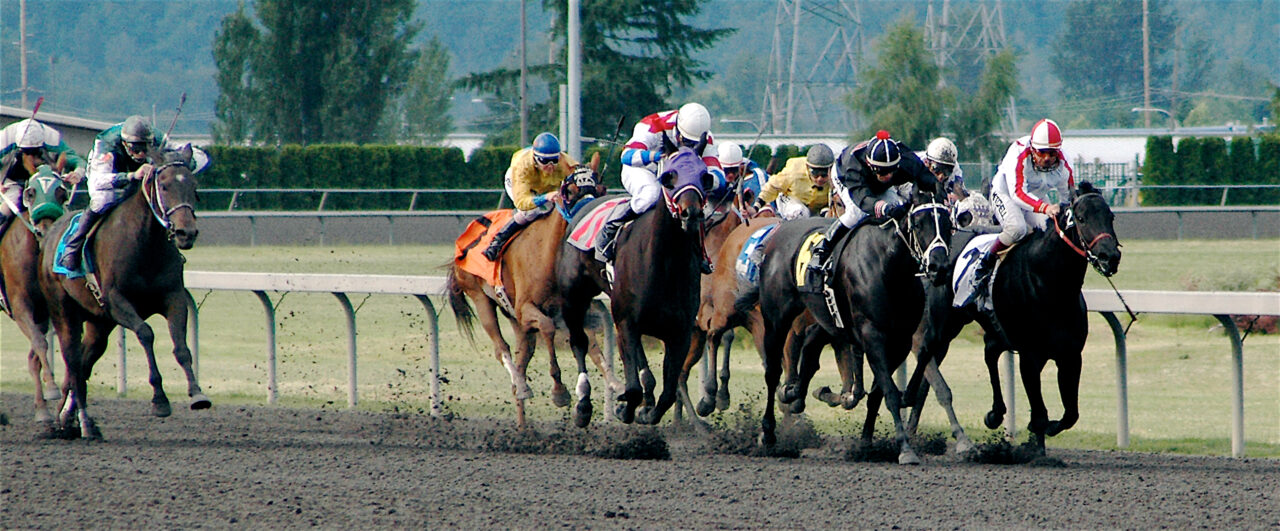
One week out
Just a week out from Election Day. For all the talk of Florida shifting from a purple state to a (light) shade of red, it is still the locale for millions in political spending.
More than $120 million was raised — and over $112 million spent — on Florida’s Senate contest alone. Another $71 million has funded House campaigns from Pensacola to Key West.
With seven days of campaigning to go, the attention of Florida’s congressional delegation has turned almost entirely from Capitol Hill to politics in their own districts and jurisdictions. With that, the focus of this issue of Delegation turns to the trail as well.
Where are the dollars flowing in the Sunshine State? Here’s a look at federal fundraising and spending as reported to the Federal Election Commission through Oct. 19.
Top of the ticket
If Democratic Rep. Val Demings cannot unseat Sen. Marco Rubio, it’s not for lack of spending. Despite trailing in the polls, the Senate candidate enters the final stretch of the campaign with more money to spend than the Republican incumbent in the dash to Nov. 8.
Through the end of the reporting period, Demings held $4,920,051 in cash on hand. That was after raising more than $73 million in total in her bid to unseat the two-term Senator.
Rubio, meanwhile, only scraped together a little under $47 million over the course of the campaign. The Miami Republican at last report had $4,101,669 left in the bank.
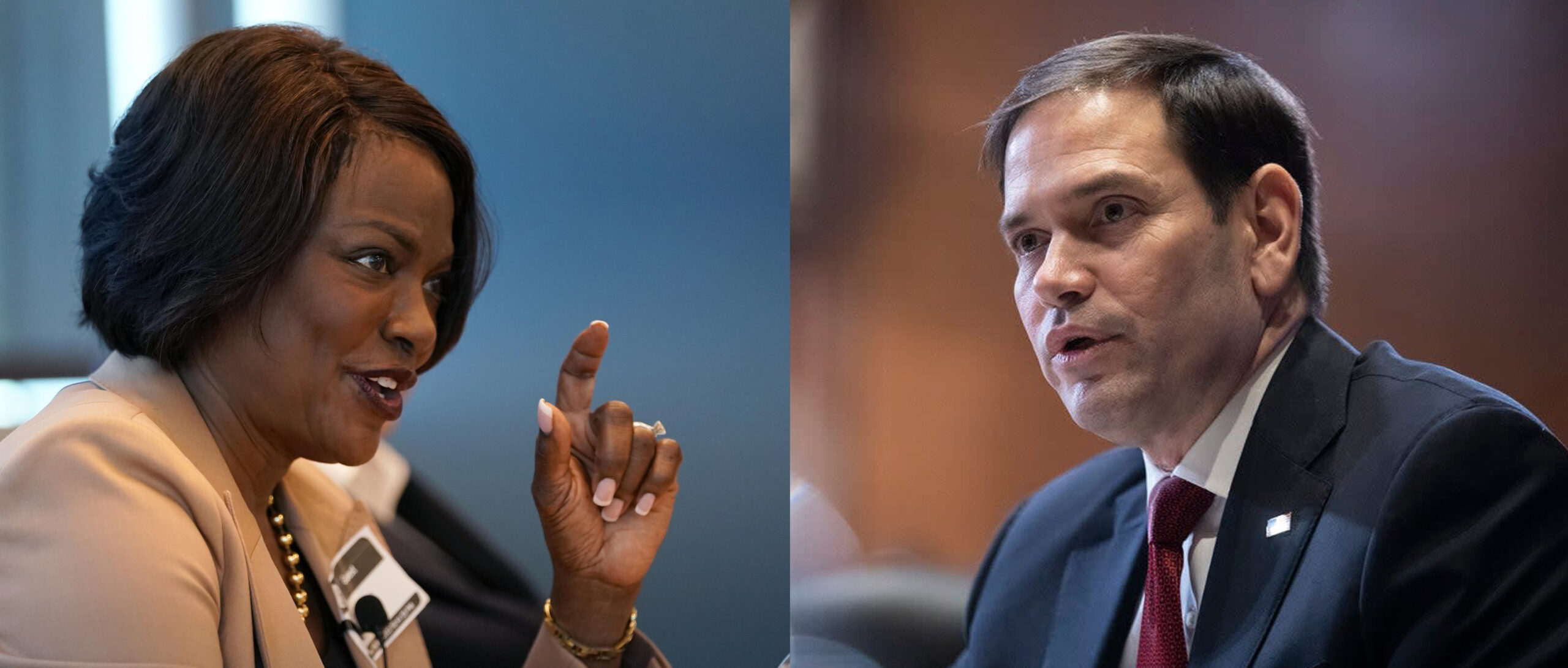
That said, most political observers still consider Rubio the favorite headed toward Election Day. The RealClearPolitics polling index finds Rubio ahead by 8 percentage points on average. And the last two public polls, from Data for Progress and the University of North Florida, both found his polling above 50%. That’s a change from most of the election cycle, where polls showed Rubio winning but short of majority support.
Demings’ campaign has reported $65,264,299 in expenditures. Much of her money has gone toward media buys and production. She’s also given plenty to the Democratic Executive Committee of Florida, more than $1 million in a couple of major payments in late August and early September.
She’s also seen outside help, with PACs spending $485,481 supporting her Senate candidacy, most of that courtesy of the Service Employees International Union (SEIU), which dropped $358,967 on her behalf. Another $392,858 was spent by groups opposing Rubio, including “Unidos US Action,” “Retire Him” and “MoveOn.”
But other committees spent $1,918,396 opposing Demings’ candidacy, primarily the Florida First Project, which dumped $1,866,571 slamming the Democrat. Additionally, $1,445,891 was spent by PACs backing Rubio, with the “Florida First Project” again leading the way with $822,560 in positive marketing.
On his own, the incumbent pulled in $43,825,801 in total contributions over the course of the race. He spent almost all of that, $42,653,201, on operating expenditures for the race, well before the final days of the contest He has bought millions in media buys and on digital efforts.
Big spender
Enduring his most scandal-stained election cycle ever didn’t stop Fort Walton Beach Republican Matt Gaetz from raising more than any other House Republican in Florida. As he seeks re-election in Florida’s 1st Congressional District, the cable news fixture and conservative firebrand pulled in a total of $6,383,928 for the cycle.
At the same time, his burn rate has been especially high, and he’s gone through all that money, and anything left over from prior election cycles. In the end, he’s left with $653,235 in cash on hand.
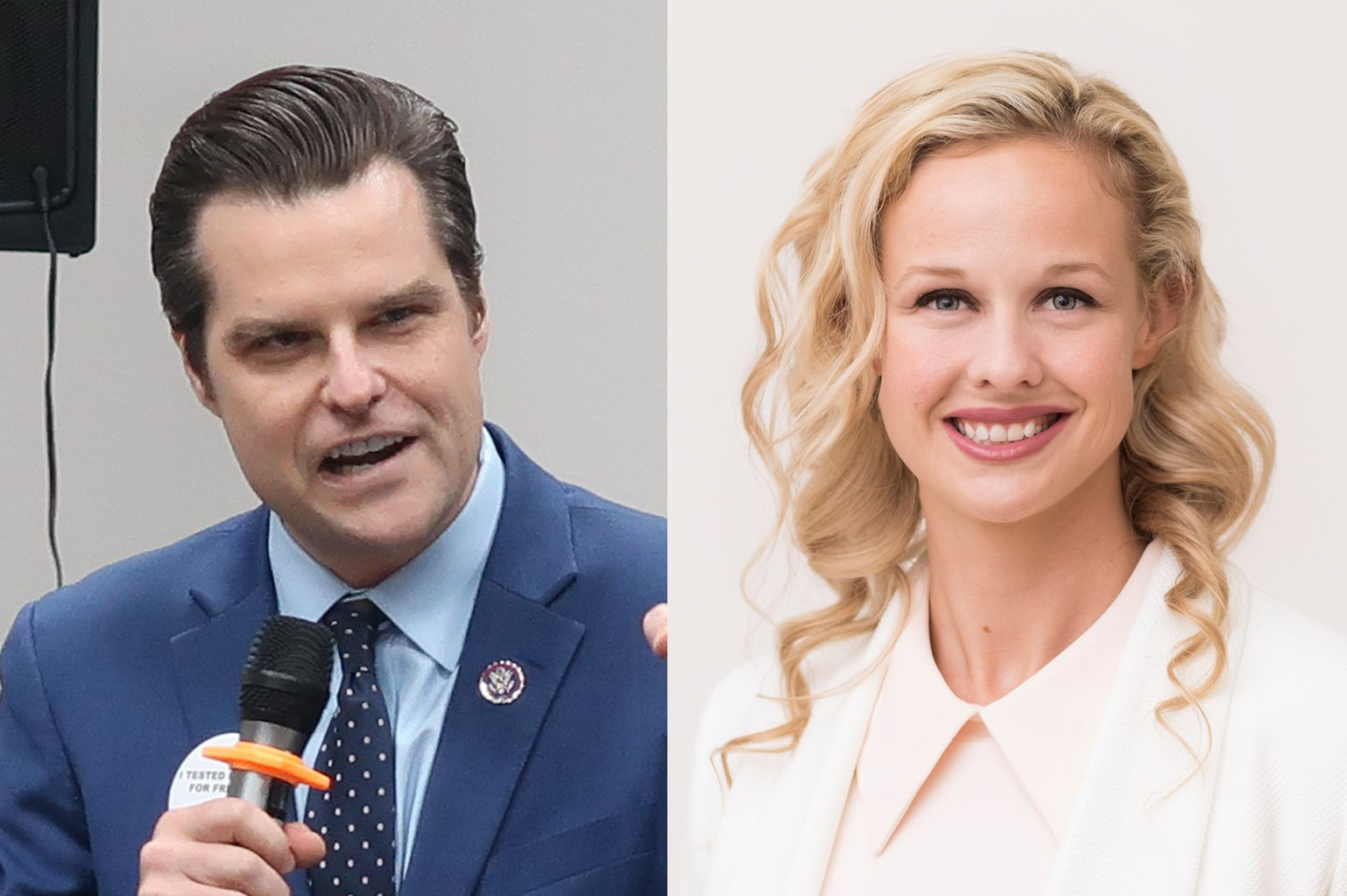
But that’s still more than Democratic opponent Rebekah Jones, who gained national notice after she accused Gov. Ron DeSantis of firing her from the Department of Health for refusing to manipulate COVID-19 statistics.
Her own legal issues, though, have made headlines with a frequency that rivals Gaetz. She was briefly kicked off the ballot by a court decision before an appellate court restored her candidacy. She livestreamed a police raid on her home. That moment gained renewed interest after the police search on President Donald Trump’s Mar-a-Lago estate, as the Trump incident sparked a very different reaction from DeSantis than when he supported law enforcement’s search of Jones’ residence.
Gaetz’s spending has often gone toward legal services. That drew some notice as he was dogged through much of the past year by a federal investigation reportedly over sex trafficking accusations. In the final run-up to the General Election, however, more signs have emerged that Gaetz may never face charges.
His own loyal following never abandoned Gaetz, who continued to fund his political efforts with a mass of small-dollar contributions.
Indeed, that’s the source of nearly all his money, as Gaetz has sworn off PAC contributions.
Member vs. member
Despite Florida picking up a seat after the 2020 Census, a controversial redistricting process ultimately pits two members of the delegation against one another to campaign for the same seat.
Panama City Republican Neal Dunn and Tallahassee Democrat Al Lawson, both elected in 2016 after a court-led redistricting shift offered both men opportunities to win seats, now do battle in Florida’s 2nd Congressional District.

But based on fundraising, Dunn holds a significant advantage. He reported $519,857 in cash-on-hand, as compared to Lawson’s $212,232 for the last days of the campaign. That’s not a huge shock.
DeSantis thumbed his nose at Lawson’s former district during the creation of a new map, arguing the Tallahassee-to-Jacksonville district was unconstitutionally drawn with racial motivation. The Governor tore it to pieces in his own cartography.
The resulting CD 2 on the map is a district Trump won with 54.86% of the vote in 2020.
All this clearly impacted Lawson’s fundraising ability. He collected $711,145 over the whole cycle to Dunn’s $1,671,448. That means despite his incumbency and the high-profile squabble with the Governor, Lawson raised less than any other incumbent Representative in Florida except one. And Hollywood Democrat Frederica Wilson, who raised just 589,617 to defend Florida’s 24th Congressional District, probably doesn’t need it, since Republican opponent Jesus Navarro sits on exactly $0 in cash-on-hand.
Red Jax?
In the remade Northeast Florida districts, Republicans hold massive cash advantages, even in one contest that could mean a House seat flips from blue to red.
The race in Florida’s 4th Congressional District is still the most important contest north of the Interstate 4 corridor in terms of the final makeup for Congress. The new DeSantis map remade Lawson’s Democratic-leaning, minority-controlled district as Republican-friendly territory.
Florida state Sen. Aaron Bean raised a total of $1,006,159 in the race. He spent much of that winning a caustic Primary against Erick Aguilar, but still has $172,515 as he looks at a General Election against Democrat LaShonda Holloway. While she upset a Lawson aide for the Democratic nomination, Holloway holds just $9,314 to burn in the final stretch.

Meanwhile, Gainesville Republican Kat Cammack seems poised to win re-election to a second term in Florida’s 3rd Congressional District, with $364,367 in the bank to spend compared to Democrat Danielle Hawk’s $11,193. The incumbent raised a total of $2,201,412 for the cycle as she seeks a second term in a still Republican-leaning seat.
At least Democrats found someone to challenge Cammack.
Four years after winning a closely watched contest in Florida’s 6th Congressional District, St. Augustine Beach Republican Michael Waltz sits on a mountain of money, $1,172,821 cash on hand, as he faces only Libertarian Joe Hannoush in the General Election.
But no incumbent in Florida has it easier in November than John Rutherford, who won a GOP Primary in August but has no General Election opposition and $242,847 in the bank he can deploy in other races.
Another flip to red?
The contest to succeed Winter Park Democrat Stephanie Murphy turned into a largely one-sided battle once the incumbent made clear she would not seek re-election.
Republican and Army veteran Cory Mills survived a crowded and often nasty GOP Primary. But like Bean, he appears poised to flip a seat from blue to red in November with little drama. He holds $91,060 in cash-on-hand, as compared to Democrat Karen Green’s $48,768. The thing is, Mills spent millions getting here thanks to the air war leading into the Aug. 23 nomination battle.
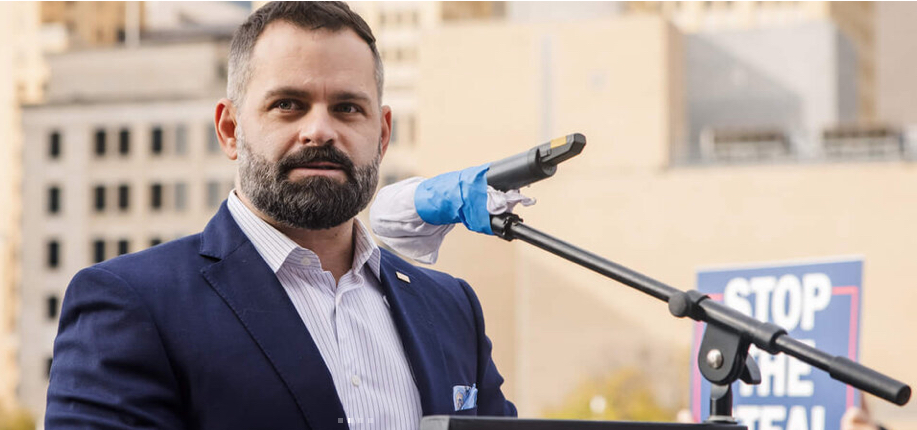
Florida’s 7th Congressional District was quite the prize for Democrats when Murphy unseated Republican incumbent John Mica in 2016. But now, redistricting moved it from a seat Biden won by 10 percentage points to a place where Trump took 52.1% of the vote.
Green, despite serving as Vice Chair of the Florida Democratic Party, collected $67,799 over the entire course of the campaign. Mills raised $2,490,211 at the same time.
Call it a red wave. Call it karma for a Florida Supreme Court decision that put Mica at risk. But there’s little drama on this east coast contest heading into the final week.
Blue zone
There certainly are Democrats vying for their first term in Congress who have an edge heading into Election Day. Maxwell Alejandro Frost, a 25-year-old “March for Our Lives” activist, had to battle two former delegation members and a sitting state Senator to win the Democratic nomination. But he looks to November as the heavy favorite in Florida’s 10th Congressional District.
He’s attempting to succeed Demings in the House. And while court challenges contend the seat was wrongly stripped of its minority-access status, CD 10 still tilts dark blue.

The Orlando Democrat sits on $264,836 in cash-on-hand in a district Biden carried with 65.11% of the vote. That’s out of some $2,647,934 that Frost raised over the course of the cycle. That means what Frost still has in the tank is greater than the $230,169 that Republican opponent Calvin Wimbish raised the entire election cycle.
Wimbish enters the final stretch of the race with just $34,772 available.
But things could be worse. Also on the ballot are non-party candidates Jason Holic, who has $648 left to spend, and Dr. Usha Jain, another independent whose bank account has been completely depleted.
Democratic Whip James Clyburn came to Orlando this week to campaign with Frost, but it’s unlikely this young politician will stay up too late waiting for his race to be called.
I-4 incumbents
While Florida’s I-4 corridor has a reputation as a battleground, incumbents fighting for votes along the roadway remain in pretty comfortable standing.
In Florida’s 8th Congressional District, Rockledge Republican Bill Posey sleeps on $580,759 in cash-on-hand, while Democratic challenger Joanne Terry reports just $25,400 in the bank. Some 58.12% of voters in the seat went for Trump two years ago.
Meanwhile, neighboring Florida’s 9th Congressional District went to Biden with a mirror image of 58.1% of the vote. There, Kissimmee Democrat Darren Soto holds $306,210 in cash, while Republican challenger Scotty Moore retains just $58,144.
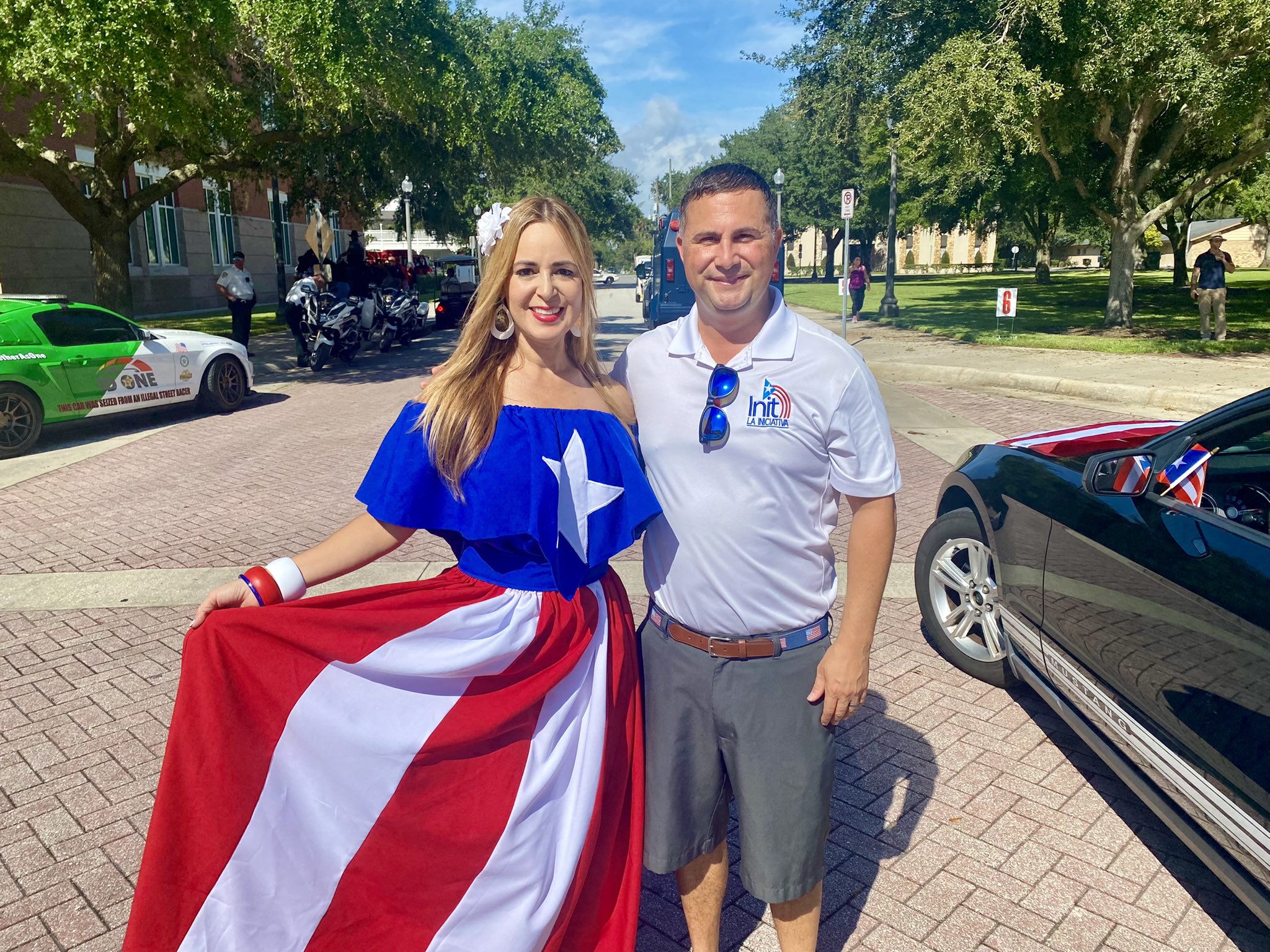
Down the road, Clermont Republican Dan Webster raised a modest $717,520 for his re-election in Florida’s 11th Congressional District. He barely held off GOP Primary challenger Laura Loomer, but he still has $312,298 to spend on the General. Democrat Shante Munns has only $259 to counter that out of a total $19,684 raised. That’s barely more than no-party candidate Kevin Porter’s $13,015, of which he still has $4,528 to burn.
Palm Harbor Republican Gus Bilirakis also appears to be cruising to another term in Florida’s 12th Congressional District (which is technically a little northwest of I-4 but he’s still a Tampa Bay lawmaker). He raised $1,850,169 and still has $290,666 left as he battled Democrat Kimberly Walker, who is down to $9,219 out of $17,883 she raised to challenge the incumbent.
Lakeland Republican Scott Franklin moved through a Republican Primary relatively unscathed in Florida’s 18th Congressional District and has $415,821 available as he defends against independent Keith Hayden, who hasn’t even opened a federal account.
And Democrat Kathy Castor has a serious upper hand in Florida’s 14th Congressional District, which was left deep blue by a redistricting process that seriously reddened districts around her.
Somehow, Republican opponents still felt compelled to spend enormous amounts fighting each other. But the result is GOP challenger James Judge, who spent six figures in his Primary, has $10,395 left compared to the incumbent’s $406,972 cash on hand.
Lynn or Luna?
But never fear. Tampa Bay’s reputation for competitive races should be intact.
That’s thanks in part to the race to succeed Democrat Charlie Crist, who resigned to run for Governor. In the final buildup to Election Day, the Republicans have a solid advantage based on voter behavior in the past, but the Democratic candidate has more cash socked away.
Democrat Eric Lynn, the only Democrat to stick out the race, has more in the bank. He still has $592,321 out of the $2,009,715 he raised. That’s partly the benefit of having no Primary.

Republican Anna Paulina Luna, who failed to unseat Crist in 2020, is now spending the most to flip the seat. She raised a total of $3,061,274, spending a lot of that on a costly Republican Primary against lawyer Kevin Hayslett.
Luna heads to the final stretch of the season with $480,191 in cash-on-hand.
The congressional redistricting process pushed Florida’s 13th Congressional District further west, remaking it from a seat Biden won by 4 percentage points to one Trump took by 6.
Both candidates have raised dollars from around the country in one of Florida’s most competitive congressional campaigns.
Outside groups are also in on the fun.
PACs have dropped $901,411 on Luna’s behalf, with Club for Growth bearing special mention for nearly $650,000 boosting the Republican. But another $1,560,962 has also been spent tearing her down, most of that courtesy the “Stand for FL” PAC, which paid for just shy of $1.5 million in anti-Luna ads.
Meanwhile, no outside groups reported any anti-Lynn spending, but some $2,028,872 went toward supporting the Democrat. Virtually all of that came from Progress Pinellas.
Pulling away?
Considered by most to be the Sunshine State’s “new” congressional seat, both sides are spending heavily in Florida’s 15th Congressional District. But Republican Laurel Lee is the only candidate who still holds six figures in the bank as the clock winds down. She reported $257,132 in cash-on-hand to Democrat Alan Cohn’s $35,503.
Lee, DeSantis’ former Secretary of State, held an advantage financially since winning a heated Republican Primary in August. Cohn, who ran for different configurations of CD 15 twice before, was able to enter his Democratic Primary late and still win. But he hasn’t been able to catch up to his Republican rival. In total, Lee collected $1,382,124 for the contest, while Cohn built up $641,347.
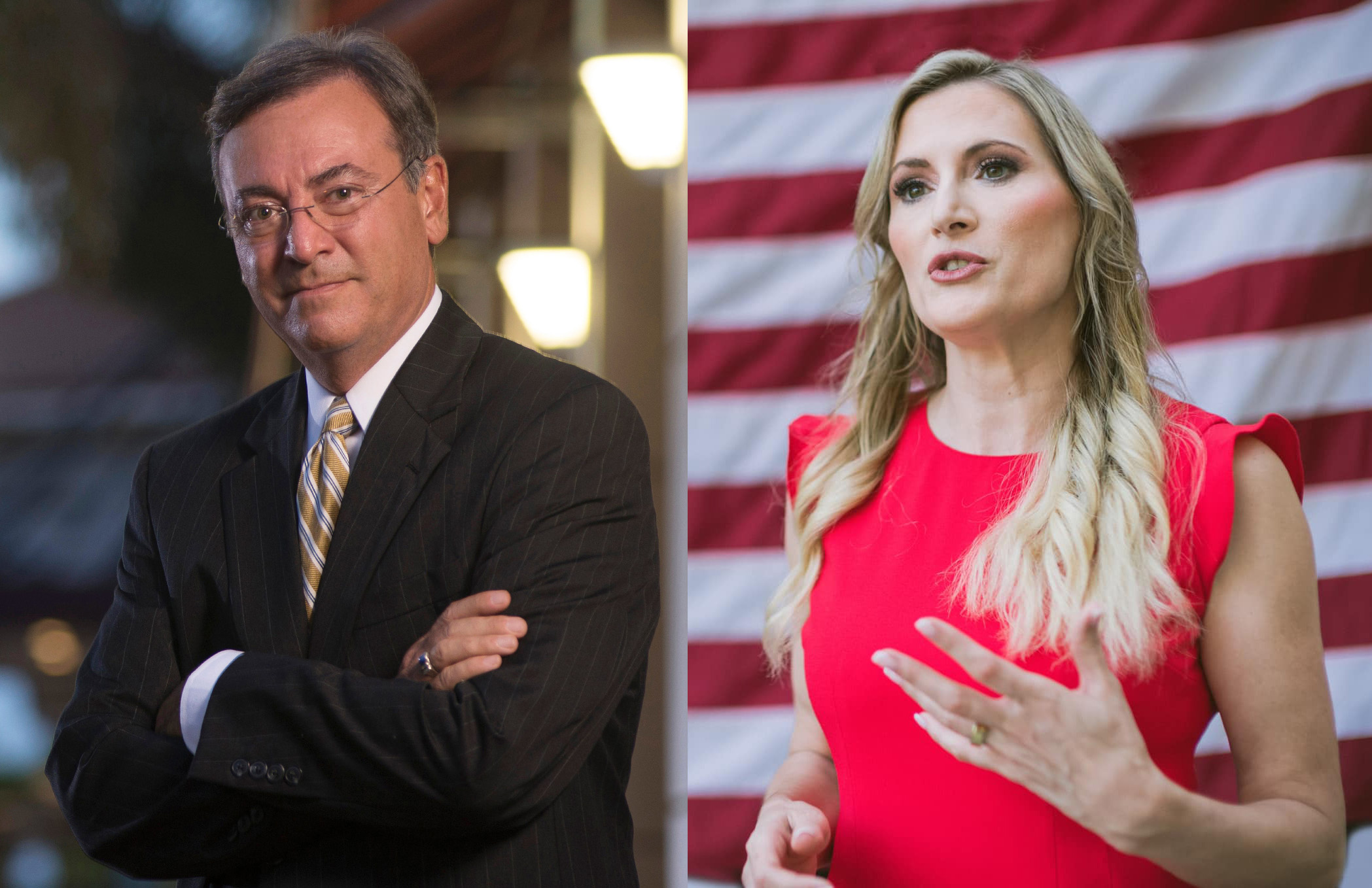
Meanwhile, outside groups also provided a greater lift to Lee, who had $1,048,107 in positive spending, much of that from the “Conservative Action Fund,” a super PAC financially tied to Lee’s husband former Florida Senate President Tom Lee, and by the conservative Americans for Prosperity’s political arm.
About $70,853 in negative ads was funded by Engineering America’s Future, a super PAC connected to Primary opponent Jackie Toledo but which delivered that small bit of mudslinging before the August election.
One sign the race may be fizzling is no outside spending ever was reporting to either boost or bust Cohn.
Red zone
Southwest Florida has traditionally been a red region, and incumbents there have fundraising reports to prove it. Several look forward to Election Day, perhaps more interested in spending outside Florida for assorted reasons.
Naples Republican Byron Donalds, despite being a freshman lawmaker, raked in a massive $5,399,516 for his re-election bid in Florida’s 19th Congressional District. At the close of the last reporting period, he still had $754,392 in the bank, while Democratic challenger Cindy Banyai had just $15,232 left out of the $103,281 raised over the course of the race.
It’s safe to guess that the fundraising by Donalds has as much to do with ambitions to lead the Republican House caucus as it does with seeking another term.
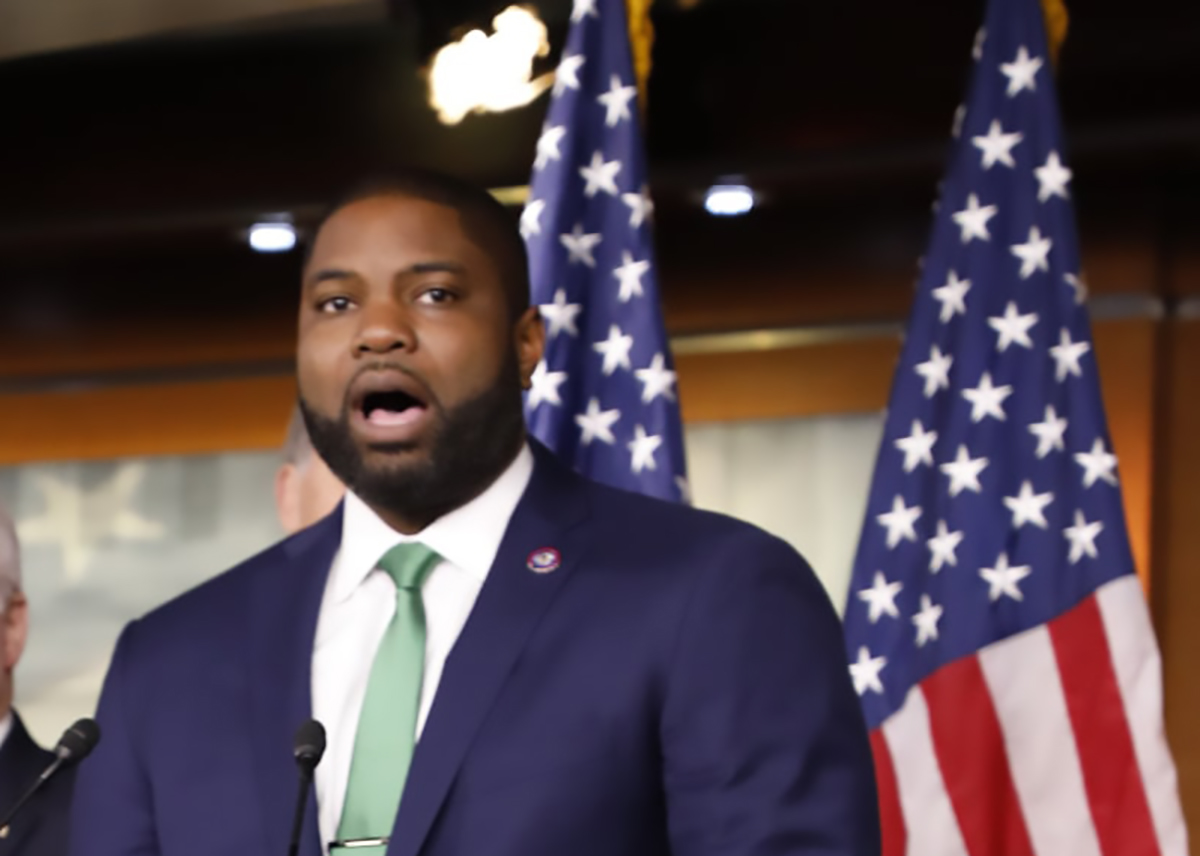
Likewise, Longboat Key Republican Vern Buchanan, a clear front-runner for House Ways & Means Chair, still has $1,904,744 in cash to spend compared to Democratic opponent Jan Schneider’s $34,541 in Florida’s 16th Congressional District.
And Sarasota Republican Greg Steube raised $1,562,676 for re-election and still has $1,008,784. That’s roughly 25 times the cash reported by North Port Democrat Andrea Doria Kale, who has only $4,682 as she challenges Steube.
Double spend
The title of top fundraiser in the House delegation actually goes to its newest member.
First-term Democrat Sheila Cherfilus-McCormick raised a staggering $6,702,055 in less than two years, though she notably had to use that on two competitive Democratic Primaries in the same cycle.
In the first one, she won the Democratic nomination by a mere five votes over former Broward County Commissioner Dale Holness in a Special Election to replace the late Alcee Hastings. She came back this year to beat Holness again more handily in an August Democratic Primary.
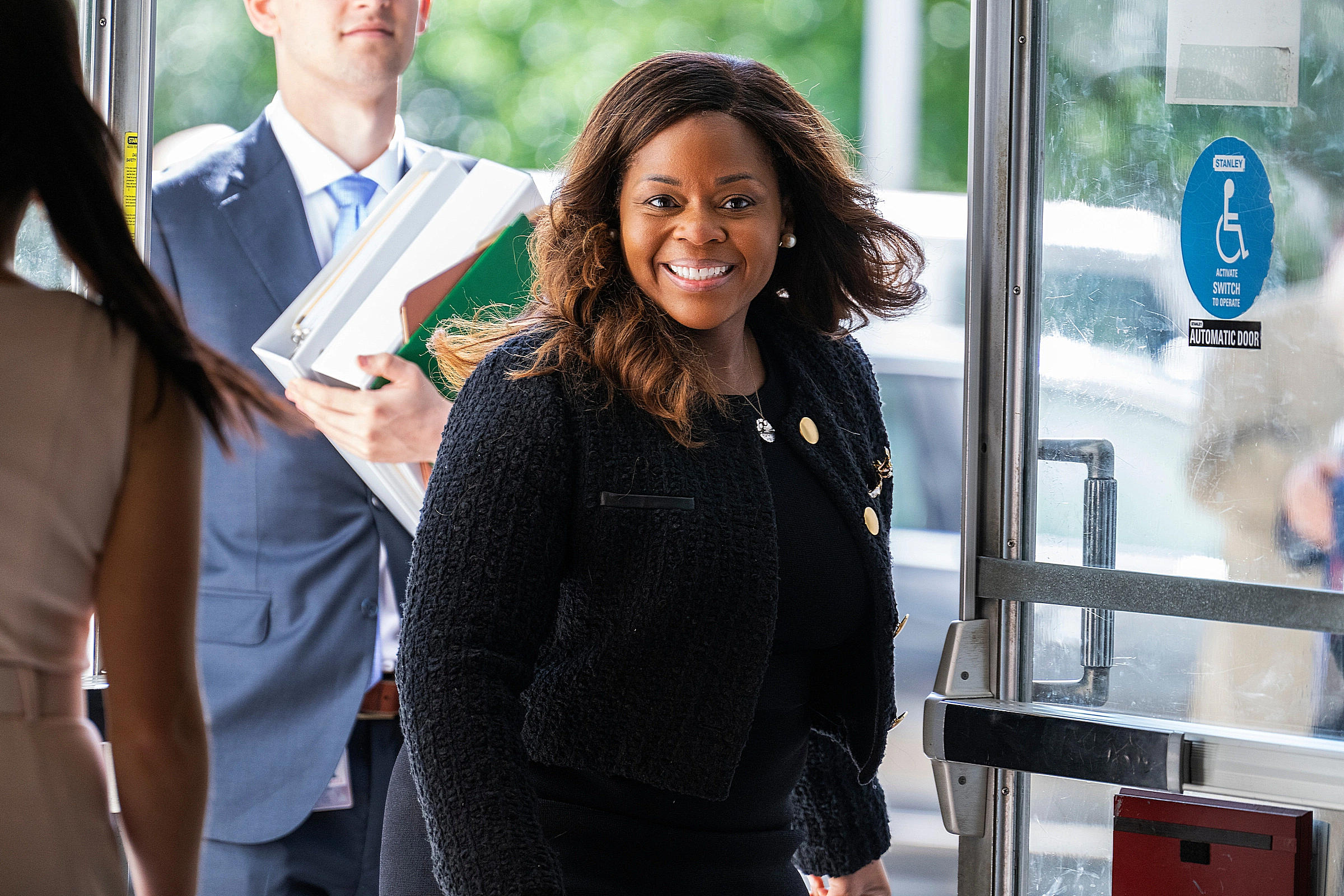
She’s burned through that massive pile of money, but still has $4,497 in the bank to face Republican Drew Montez-Clark in Florida’s 20th Congressional District.
Meanwhile, Montez-Clark has just $250 left out of the $140,847 raised to run in a district Biden took by 52 percentage points in 2020.
Blue wall
While Hillary Clinton showed that relying on a blue wall can be hazardous, Democrats seem to have a comfortable advantage in a cluster of South Florida seats.
That includes newcomer Jared Moskowitz, a former state Representative and the most prominent Democrat to serve in the DeSantis administration.
Moskowitz is running to succeed recently retired Ted Deutch in Florida’s 23rd Congressional District. He raised $1,562,948 over the course of the campaign and spent most of that winning the Democratic Primary.
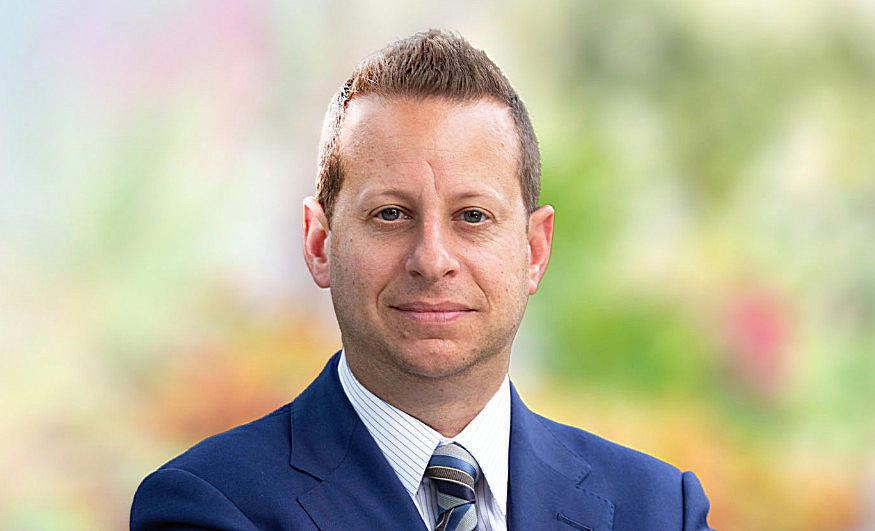
While some prognosticators show this seat may still host a fight in a red year, Moskowitz holds the cash lead with $94,4762 on hand, compared to Republican Joe Budd’s $5,705 in the last stretch of the race.
Two non-party candidates are also on the ballot.
Mark Napier reports $359 left to his name, while fellow Christine Scott is down to $6. Biden won this seat by 13 percentage points two years ago.
The Democratic incumbents in the region also hold strong resource advantages. West Palm Beach Democrat Lois Frankel still held $910,887 in the bank for the final days of campaigning in Florida’s 22nd Congressional District.
Republican Daniel Franzes reported just $25,661 left to spend.
Further south, Weston Democrat Debbie Wasserman Schultz reported $810,901 in cash to Republican Carla Spalding’s $79,489 in Florida’s 25th Congressional District.
Along with Wilson and Cherfilus-McCormick, there’s little doubt the Broward-Palm Beach area will remain azure blue this year.
Safe cycle?
While both Mario Díaz-Balart and Brian Mast endured intense General Election campaigns in the past, both South Florida Republicans hold the upper hand right now.
Mast, a Stuart Republican seeking a fourth term, has $2,311,829 still in the bank in Florida’s 21st Congressional District. That’s after the Stuart pol — and DeSantis ally — raised a massive $6,059,558 over the course of the election cycle.

Meanwhile, Democratic opponent Corinna Balderramos Robinson raised only $72,658 and reported just $28,954 left as of the reporting period’s close.
Hialeah Republican Díaz-Balart, dean of the Florida delegation, also has seven figures in cash ready if he needs it. He raised $1,713,082 in the cycle and kept most of it. He reports $1,411,120 available for the end of the campaign.
Democratic challenger Christine Olivo raised $138,077 but is down to $6,993.
Miami battle
In what is shaping up to be a red year, it may seem odd that all the delegation incumbents (not named Lawson) who face nationally backed challengers are Republicans.
To be fair, that’s mostly a factor of multiple Democrats seeking higher office or just calling it quits (cough, Murphy, cough).
But GOP members on defense include Rubio and his fellow Miami Republicans: Carlos Giménez and María Elvira Salazar.
In Florida’s 27th Congressional District, Salazar faces a well-financed foe in Democratic state Sen. Annette Taddeo, though the incumbent still holds a strong cash lead. Salazar raised a total of $5,071,422 as she seeks a second term two years after ousting incumbent Democrat Donna Shalala.
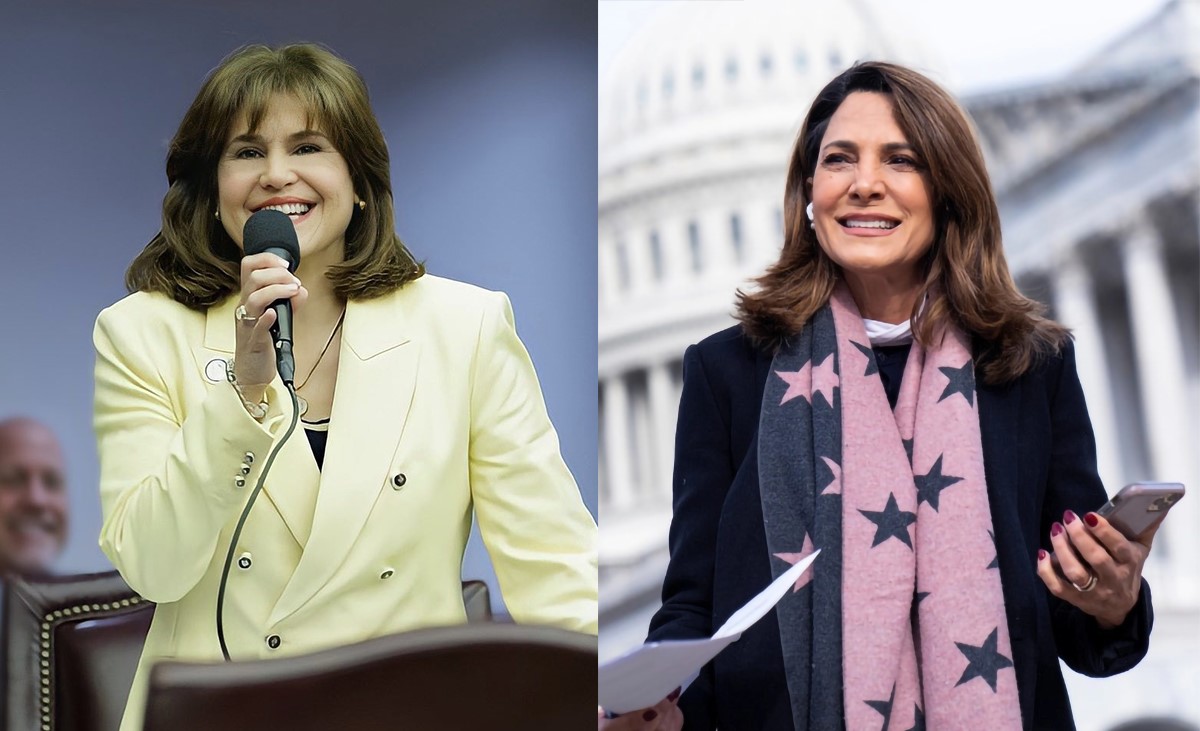
Salazar has burned through most of that, but still holds $734,948 in cash.
Taddeo, a state Senator who abandoned her bid for Governor to run for Congress, quickly proved herself as a strong fundraiser. But she is struggling as Election Day nears and a red wave appears more likely.
After raising a total of $1,611,027 in a matter of months, Taddeo used up all but $45,110 of that.
But she isn’t fighting completely on her own.
Outside PACs spent $16,259 attacking Salazar, with Drain the DC Swamp covering the lion’s share of that.
But Salazar also enjoyed help from friends. More than $316,441 was spent by PACs supporting her candidacy, most notably through an “Americans for Prosperity” buy for more than $270,139 in paid media, but also a $45,000 boost from the “Latino Vote for America” PAC. On top of that, Latino Vote also put down $25,000 for ads attacking Taddeo in the Miami market.
Southernmost point
In the case of Giménez, there’s a pretty solid cash advantage heading into Election Day in Florida’s 28th Congressional District.
As of the last report, Gimenez still holds seven figures — $1,186,614 — in available cash out of some $2,066,090 raised over the course of the campaign.
Democratic opponent Robert Asencio used up most of the $105,930 raised over the course of the campaign, with around $8,560 left to spend.
But that’s only part of the story.
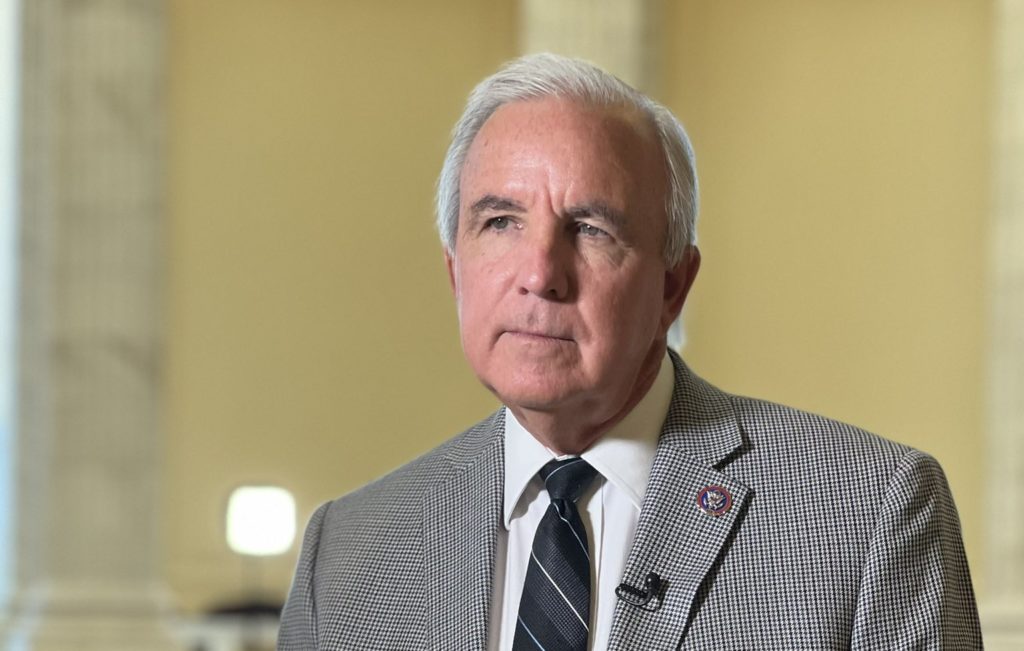
While there’s been little outside spending supporting the candidates — aside from $92 reported by United for Progress on Asencio’s behalf and $302 from Women Speak Out to boost Giménez — there has been an increasing amount of PAC spending against the incumbent. The SEIU already plopped down $3,485 to trash Giménez, and the Drain the DC Swamp PAC also deployed $16,250 opposing the incumbent.
Now, the Connecticut-based “Democrats Serve” has publicly promised to finance a five-figure buy for Spanish- and English-language video ads that tout Asencio’s public service background and paint Giménez as a corporate stooge.
On this day
Nov. 1, 1800 — “John Adams moves into White House” via History.com — Adams in the last year of his only term as President moved into the newly constructed President’s House, the original name for what is known today as the White House. He had been living in temporary digs at Tunnicliffe’s City Hotel near the half-finished Capitol building since June 1800, when the federal government was moved from Philadelphia to the new capital city of Washington, D.C. In his biography of Adams, historian David McCullough recorded that when Adams first arrived in Washington, he wrote to his wife Abigail, at their home in Quincy, Massachusetts, he had explored the soon-to-be President’s House with satisfaction.
Nov. 1, 1977 — “Jimmy Carter signs minimum wage bill giving raises of 45% by 1981” via The New York Times — At a ceremony in the White House Rose Garden, the President dismissed criticism the increase would be inflationary, saying rather it would put money “into the hands of those who need to buy the necessities of life.” Under the legislation, the minimum wage would rise from the current $2.30 an hour to $2.65 in 1978. It would go to $2.90 in 1979, and to $3.10 in 1980, before reaching its final step of $3.35 in 1981, a total increase of $1.05.
Happy birthday
Best wishes to Salazar, who turns 61 today, Nov. 1.
___
Delegation is published by Peter Schorsch and compiled by Jacob Ogles and edited and assembled by Phil Ammann and Ryan Nicol.



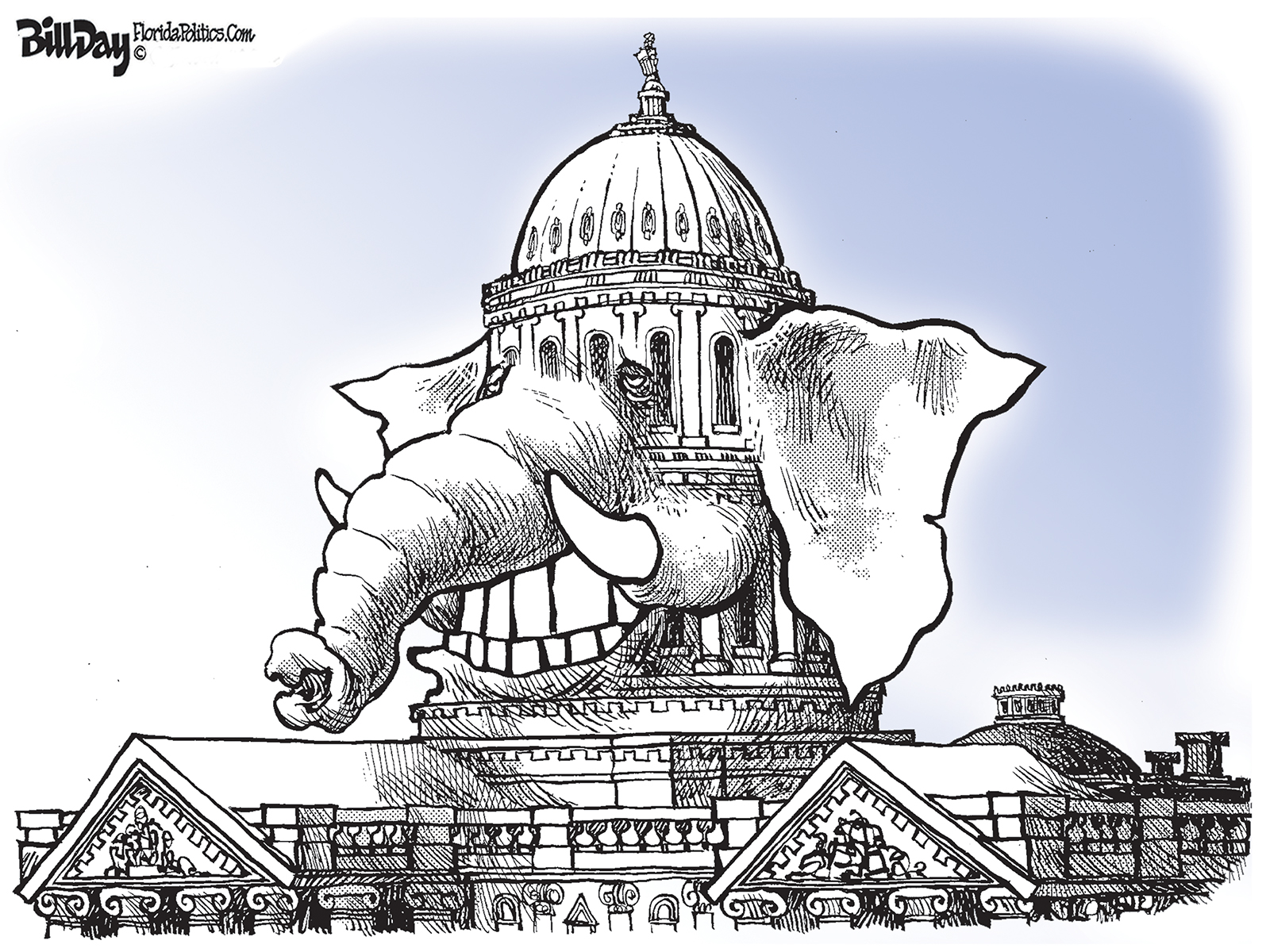





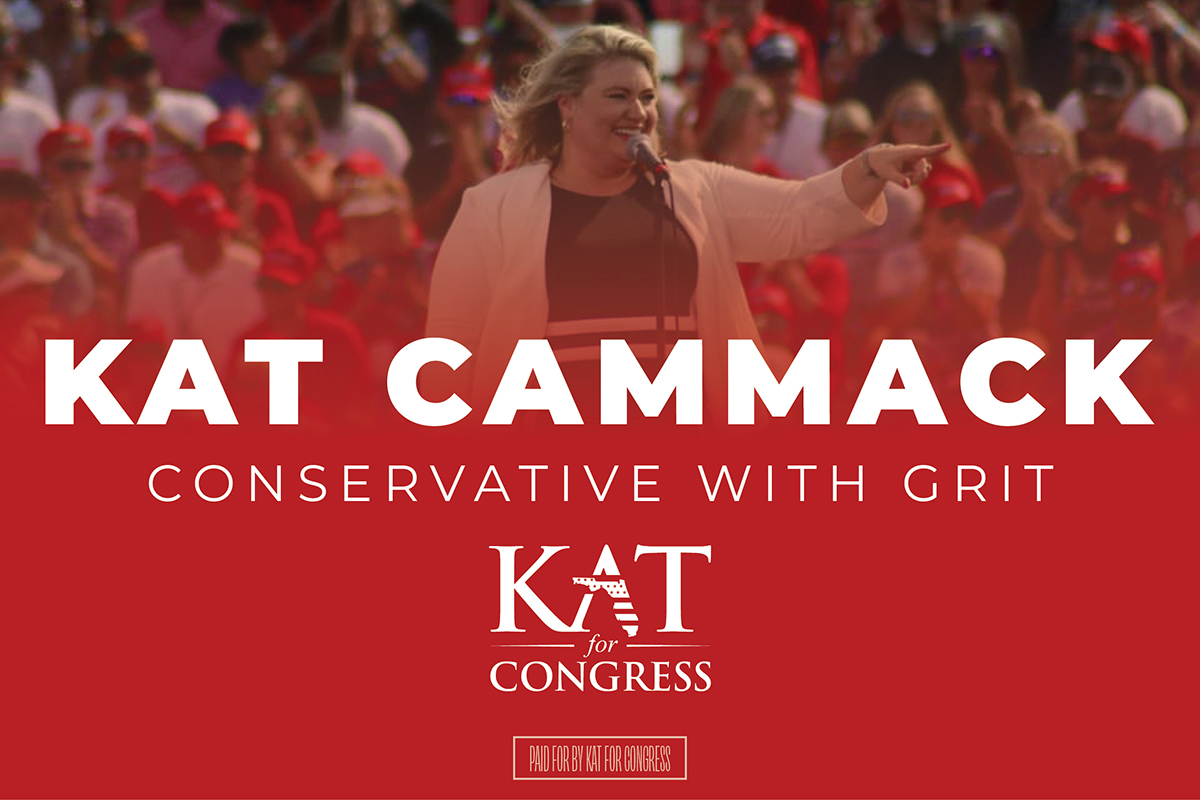
3 comments
Christine Scott
November 2, 2022 at 4:47 pm
D22 was redistricted, so D23’s party percentages has changed. Further, reporters are (likely intentionally) ignoring the importance of a No Party Affilate (NPA – aka ‘Independent’) in the race considering there are more NPAs in D23 than Republicans and nearly as many NPAs as Democrats.
Keep in mind that Dems only have a 2% active registered voter lead over NPAs in D23. That’s barely anything particularly in this climate where people are fed up with both parties and don’t trust any of the nonsense coming from what they commonly refer to as the ‘uniparty’.
D23 is NOT blue. It’s a swing district and it swings in the direction of NPAs due to the very solid NPA base, the fact that many NPAs registered with one party or the other to vote for or against a particular candidate and so many Ds and Rs are disenchanted with their parties, not to mention that I’m a very strong candidate with a great background for going into congress. Plus, I’m not a career politician!
So, specifically in D23 because of the particular dynamics listed above, a common-sense NPA, such as myself, has a very good chance of winning the race.
Jason Holic
November 3, 2022 at 3:42 pm
I’m proud of how little money I’ve raised for the D10 race – there’s too much money in politics. It’s time we stop equating fundraising prowess to leadership and public service capabilities. It’s time we focus on the character and platforms of the candidates instead of their party affiliation and bank account balances.
Christine Scott for Congress
November 4, 2022 at 9:53 pm
I completely agree with you. The less you raise the less likely it is you owe anyone anything or that you’re compromised. No money means no strings.
Comments are closed.